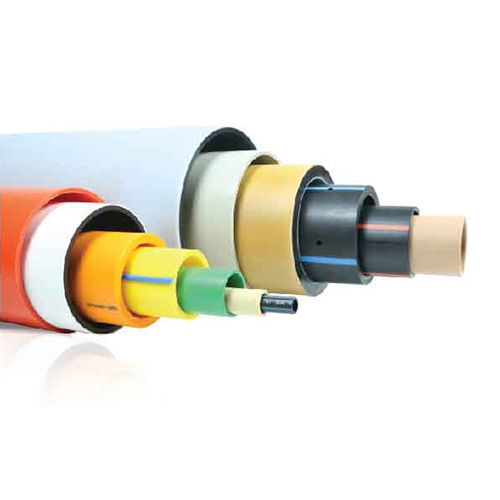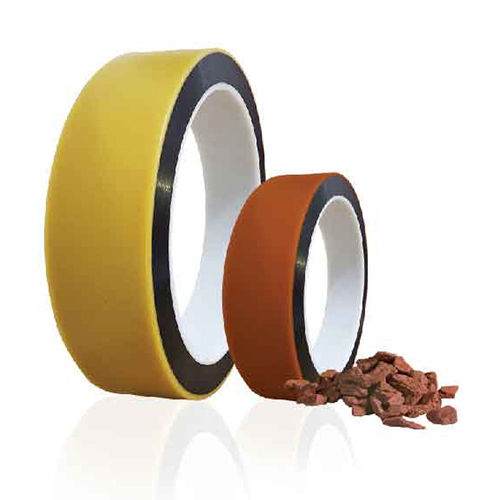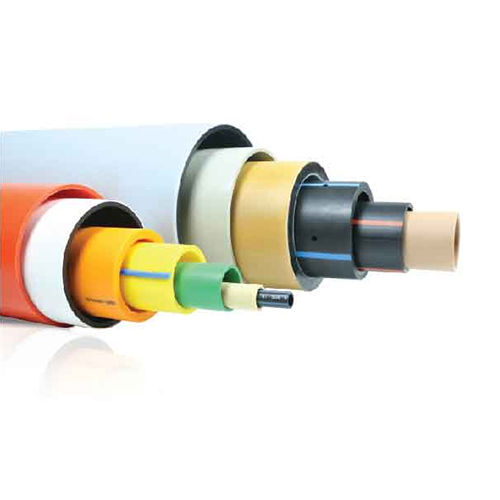
Multi Layer Pipes
Product Details:
X
Product Description
Multi-layer pipes, also known as composite pipes or multi-layered piping systems, are designed to combine the advantages of different materials into a single piping solution. These pipes are typically used in various applications, including plumbing, heating, and industrial systems. Here are some key features, benefits, and applications of multi-layer pipes:
Features:
1. Layered Construction: Multi-layer pipes consist of several layers of different materials, typically including an inner layer, one or more middle layers, and an outer layer.
- Inner Layer: Often made of cross-linked polyethylene (PEX), polyethylene (PE), or polybutylene (PB), which is resistant to corrosion and chemical damage.
- Middle Layer(s): Usually consist of aluminum or other metals, providing rigidity, strength, and barrier properties (such as oxygen diffusion resistance).
- Outer Layer: Made of plastic materials like PEX, PE, or polyvinyl chloride (PVC), providing additional protection against external damage and UV radiation.
- Durability: The combination of materials enhances the overall strength and durability of the pipes, making them resistant to various types of damage such as corrosion, abrasion, and impact.
2. Flexibility: Despite their strength, multi-layer pipes are often flexible, allowing for easier installation and fewer fittings, which can reduce potential leak points.
3. Thermal and Chemical Resistance: These pipes can withstand a wide range of temperatures and are resistant to many chemicals, making them suitable for diverse applications.
Benefits:
1. Longevity: The combination of materials can significantly extend the lifespan of the piping system compared to single-material pipes.
2. Reduced Thermal Expansion: The metal layer helps to reduce the thermal expansion of the pipe, maintaining dimensional stability.
3. Improved Flow Rates: Smooth inner layers reduce friction, leading to better flow rates and reduced pressure loss.
4. Cost-Effective: Combining materials can result in cost savings by optimizing performance and reducing the need for frequent replacements or repairs.
5. Ease of Installation: Lightweight and flexible, these pipes can be easier to install, reducing labor costs and time.
Applications:
1. Residential and Commercial Plumbing: Used for hot and cold water distribution due to their reliability and ease of installation.
2. Heating Systems: Suitable for underfloor heating and radiator connections due to their thermal efficiency.
3. Industrial Systems: Used in various industries for transporting chemicals, gases, and other fluids due to their resistance to corrosion and chemical damage.
4. Gas Distribution: Some multi-layer pipes are designed specifically for gas distribution, offering a safe and reliable option.
5. Compressed Air Systems: Used for compressed air distribution in industrial settings due to their durability and resistance to internal pressure.
Conclusion
Multi-layer pipes offer a versatile and efficient solution for a wide range of applications, combining the strengths of different materials to deliver superior performance. Their durability, flexibility, and resistance to various environmental factors make them a preferred choice in both residential and industrial settings.
Tell us about your requirement

Price:
Quantity
Select Unit
- 50
- 100
- 200
- 250
- 500
- 1000+
Additional detail
Mobile number
Email








